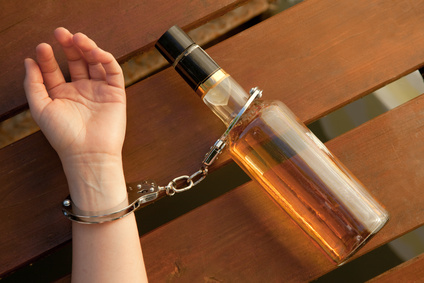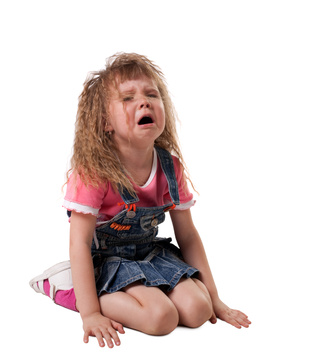Blog
“It’s not my fault!!” Attribution Theory and the Fundamental Attribution Error
I’ve been really busy these last couple of weeks. As a result, my blogs have been coming out later and later. One of the things that has kept me busy has been my private practice. Since last week was a shortened work week (Canada Day weekend), I had fewer hours...
How our work affects mental health
A couple of weeks ago, many news-sites published findings from a Canadian survey on the prevalence of mental health issues in the workplace. One statistic from this survey indicated that 12% of respondents said they were currently experiencing a mental health issue in...
Two perspectives on counselling people in abusive relationships
I received a lot of positive feedback from last week’s blog. A few friends of mine wrote or called me up to talk more about what to do when a friend is a victim of relationship abuse (e.g., physical, psychological, verbal, financial). In particular, one friend asked...
Violence, the legal system, and the counselling process
A friend of mine, who happens to be a criminal lawyer, visited me recently. We spent many hours in good conversation discussing a myriad of topics. Both he and I are fortunate to be in professions that allow us to connect with people on a deeply personal level. In my...
Addiction: It’s more than just choice
A couple of losses in the entertainment world this past week has made me think a little more deeply about addiction. More specifically, I’ve been thinking about the element of choice in the development and treatment of addiction. The power of addiction Gill...
5 Stages of Change (Part 2)
One of the things that I’ve been working on changing has been daily exercise. Since childhood, I have always enjoyed physical activity. From playing organized sports to individual activities such as walking, the physical and mental benefits of exercise have been...
Change: It’s a process (Part 1)
We’ve all tried to change something about ourselves – perhaps it’s an addiction to something (e.g., smoking, drugs, video gaming), or simply a behaviour that we no longer wish to have in our lives. Change happens in stages The Stages of Change model was first created...
If you think I’m attractive, then you’ll probably think I’m smart too: The Halo Effect
Ever look at pictures of people you don’t know (e.g., a friend’s yearbook) and find yourself making judgements about their intellect or other personality traits? Or, maybe you’ve looked at a picture of someone you heard was intelligent (or wealthy), then noticed they...
Insecure Attachment: “I miss you…but I’m going to show you that I’m really mad!” (Part 3)
In last week’s blog, I spoke about The Strange Situation, an experiment devised by Dr. Mary Ainsworth for identifying the different ways that children (and theoretically, adults) relate to others. The first attachment style that I discussed was Secure Attachment...
Attachment Theory: Secure and Insecure Attachment (Part 2)
I remember facilitating psychotherapy groups for adolescents a few years ago. One of the topics that always led to interesting discussions was that of Relationships. Whenever this topic came up, especially when discussing past or current partners, there were two words...
Attachment Theory: The importance of early relationships with caregivers (Part 1)
Imagine you are in the early stages of a romantic relationship. The two of you have been spending much time together in person – almost every waking moment, in fact. When you are not together, you do whatever you can to stay connected – through email, texting, phone...
Why it’s easier to change our thoughts than behaviours
In the last two blog entries, I wrote about cognitive-behavioural theory and how it explains intimate partner aggression. The main tenet in these blogs was that when an individual perpetrates aggression, they usually engage in biased forms of self-talk (thoughts) that...






